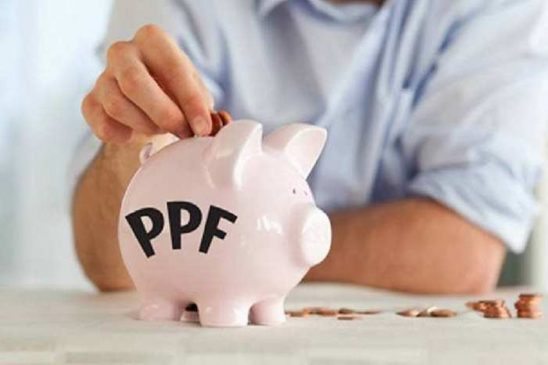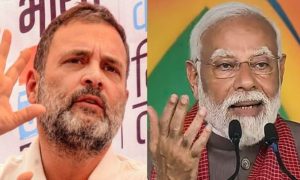New Delhi: Public Provident Fund (PPF) is one of the most popular saving schemes because it’s considered as limited risk-free investment tool. The contributions made in PPF for up to an investment of Rs 1.5 lakh help you earn income-tax deduction benefits under Section 80C. In fact, interest and redemption are also tax-free. It has a maturity period of 15 years, so what do you do with your account after it has completed its tenure?
If you don’t need the money immediately or in the coming years, it’s prudent to extend the account maturity by a couple of years. Also, you can choose the Extension-With-Contributions option. Remember this is not the only option. Based on your requirements, you can decide what to do with a maturing PPF account.
Read More:-Govt Implementing Infrastructure Projects Worth Rs 1,34,200 Crore In Northeast: FM Sitharaman
Close the PPF account
You can choose to take out the entire PPF corpus tax-free after which the account gets closed.
Extend for five years without contributions
Under this option, you can extend the tenure of the account by five more years but you do not make any fresh contributions. The account balance continues to earn interest for these five extended years.
In case you need to withdraw money, then you can do it but only one withdrawal is permitted every year. There is no restriction on the size of the withdrawal. For example, from the PPF account balance of Rs 25 lakh, you can even withdraw Rs 23 lakh in one shot during this extended period (with this chosen option)
Read More:-What is PM CARES for Children Scheme and what are the benefits? Understanding 10 key points
Extend for 5-years WITH Contributions
If you choose to extend the account then you will have to make (at least minimum) contributions to the PPF account every year. The account balance and fresh contributions will continue to earn interest.
It is to be noted that there are a few withdrawal restrictions. During the five years, you shall be able to withdraw a maximum of 60 per cent of the account balance that existed at the start of the extension period. For instance, if you had Rs 40 lakh at the start, you can withdraw 60 per centof that, which is Rs 24 lakh. Don’t forget that only one withdrawal per year is allowed.
Also, keep in mind to inform the bank or post office about your choice of extension, if you don’t clarify at that time then Extension-Without-Contribution is the automatically chosen option. In fact, any change of interest rate throughout the tenure of your instrument will have a bearing on existing PPF accounts and the entire balance.
Read More:-PayMate India files IPO papers with Sebi to raise Rs 1,500 crore
However, you will need to visit the branch once at least during the extension process. Now that you know the available options, you should also know how to use these options.
Basically, if you don’t need the PPF money for the next five years, then it is ideal to extend the scheme with contributions. Also, it is better to make contributions over and above the minimum threshold requirement of Rs 500 per year.
For those who are still young and in 30-40s, there are chances that you may not need PPF money in the next couple of years. It is better to continue with it ‘with contributions’. If you are young then make sure to invest in other investment options as well.
Those who have retired with a large PPF balance can use it as a pension tool. Those who have invested in PPF for a particular goal, then obviously cannot take out money from the account. For such people, closing the account is the obvious option.
Read More:-India has become one of the fastest growing economies in the world: PM Modi
In such a case also, you can opt for an extension without further contributions instead of just closing the account because you can withdraw the full amount at any time. For instance, for a 4-year course, you just withdraw 25 per cent of your PPF balance every year. Later on, you can continue to use the PPF account normally (albeit with a much lower balance).
Remember, it depends entirely on your personal needs and circumstances on what you intend to do with the PPF money.



































